Last updated on January 27th, 2023 at 08:14 pm
The world of archaeology is always full of surprises. Every day, new discoveries are made that change the way we think about history and our understanding of the past.
In this blog post, we will take a look at 10 of the coolest archaeological discoveries humans have made.
These discoveries have rewritten history books and provided us with new information about our ancestors and the civilizations they built.
Pompeii
Pompeii is one of the world’s most important archaeological sites. The city was destroyed by a volcanic eruption in 79 AD, and it lay buried beneath the ashes for over 1700 years.
Finally, in 1748, Pompeii was rediscovered, and since then, archaeologists have been uncovering its secrets.
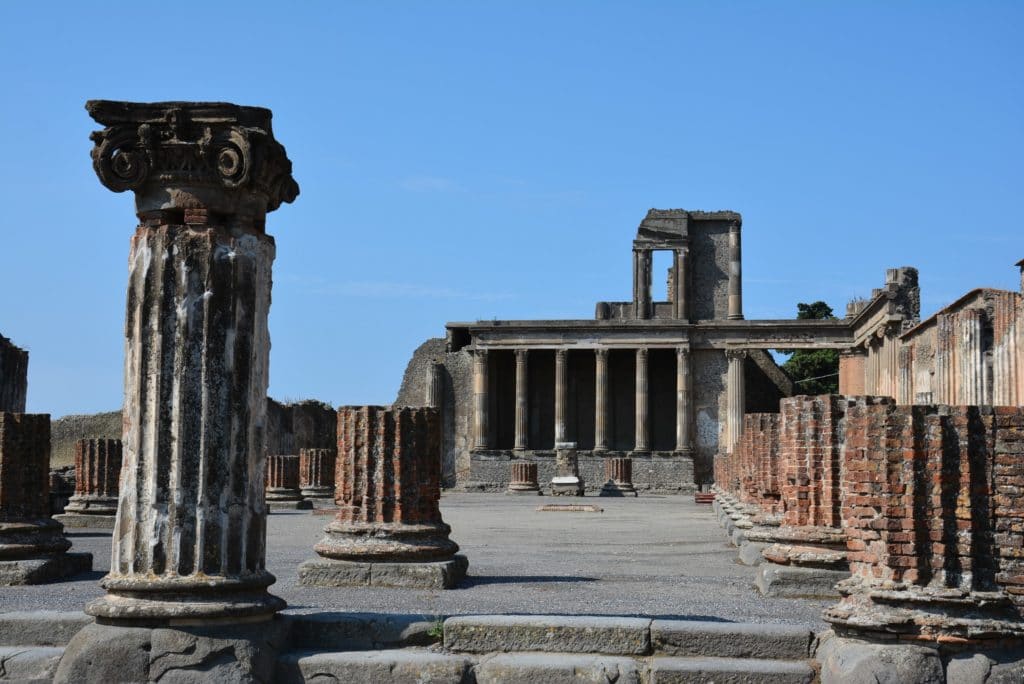
Pompeii is located in southern Italy, and it is one of the most popular tourist destinations in the country. Millions of people visit the incredible ruins every year and learn about the city’s history.
The discovery of Pompeii has been invaluable to our understanding of Roman culture. The city gives us a unique insight into the everyday lives of ordinary people in ancient Rome.
Despite excavations since 1748, Pompeii still holds many secrets, and an estimated 170 acres are still to explore.
In 2018, a team of archaeologists made a startling discovery when they found the remains of a man who a large stone had crushed.
This is one of many discoveries made at Pompeii in recent years. The city is an ongoing archaeological excavation, and new discoveries are always being made.
Who knows what else Pompeii will reveal in the future?
Sanxingdui
Sanxingdui is an archaeological site located in southwestern China. The site was first discovered in 1929, but it wasn’t until 1986 that a significant excavation began.
Since then, a wealth of new information has been uncovered about this ancient civilization.
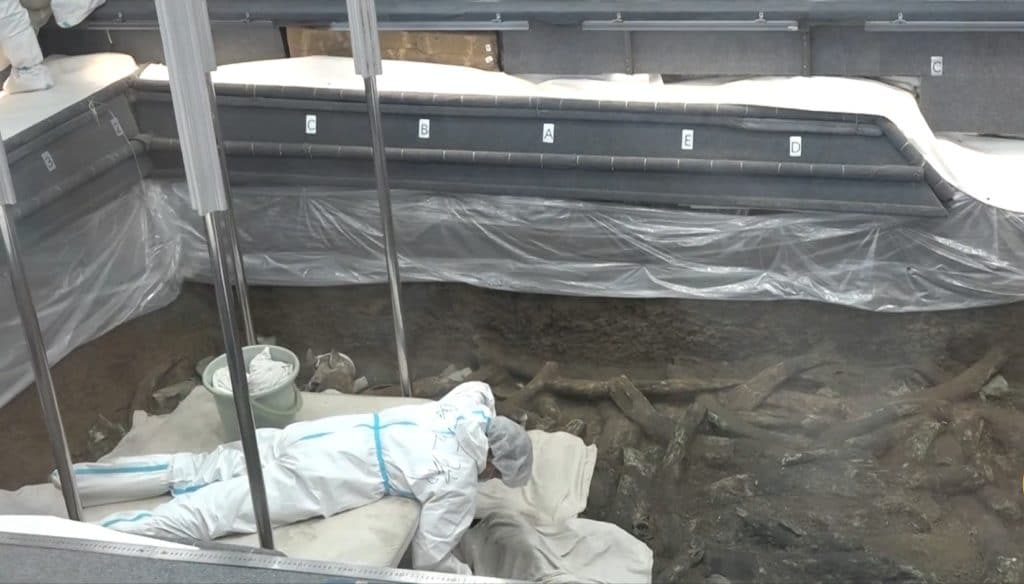
The Sanxingdui civilization is believed to date back over 4000 years. This makes it one of the oldest civilizations in China. The site is home to several ancient ruins, including two large bronze heads.
These heads are some of the most mysterious objects ever found.
They are life-sized and have intricate features, but they are completely bald. No one knows who they represent or what they were used for.
The Sanxingdui civilization is a mystery, and there is still much we don’t know about it. However, the discoveries made at the site have been invaluable to our understanding of early Chinese history.
Machu Picchu
Machu Picchu is one of the most iconic archaeological sites in the world. The city is located in Peru, and it was built by the Inca Empire in the 15th century.
Machu Picchu was abandoned soon after it was built, and it lay undiscovered for centuries.
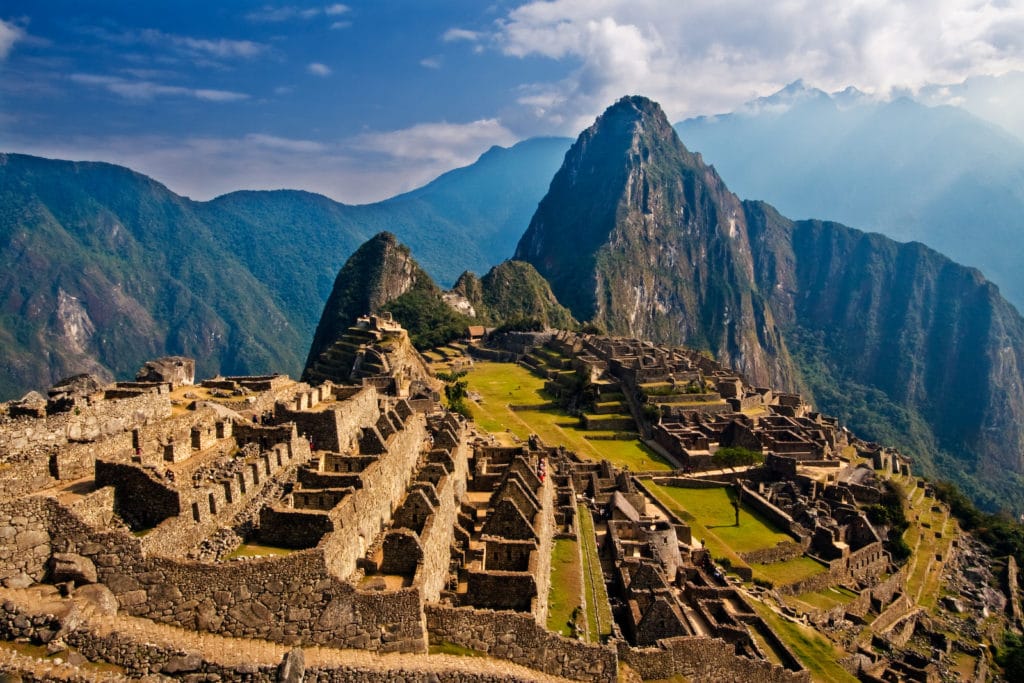
The site was rediscovered in 1911 by Hiram Bingham, an American explorer.
Since then, Machu Picchu has become one of the most popular tourist destinations in the world. Thousands of people visit the city every year to see its incredible ruins.
Machu Picchu is a UNESCO World Heritage Site, and it is one of the Seven Wonders of the World. The city is an amazing feat of engineering, and it is a testimony to the skill of the Inca people.
The discovery of Machu Picchu has provided us with new information about the Inca Empire. The city is a unique archaeological site, and it is one of the most important discoveries of the 20th century.
Tutankhamun’s Tomb
We all know Tutankhamun as the boy king. But there’s a lot more to him than that.
Tutankhamun was an Egyptian Pharaoh who ruled from 1332 to 1323 BC. He was only eight or nine years old when he became Pharaoh. Tutankhamun’s tomb was discovered in 1922 by Howard Carter.
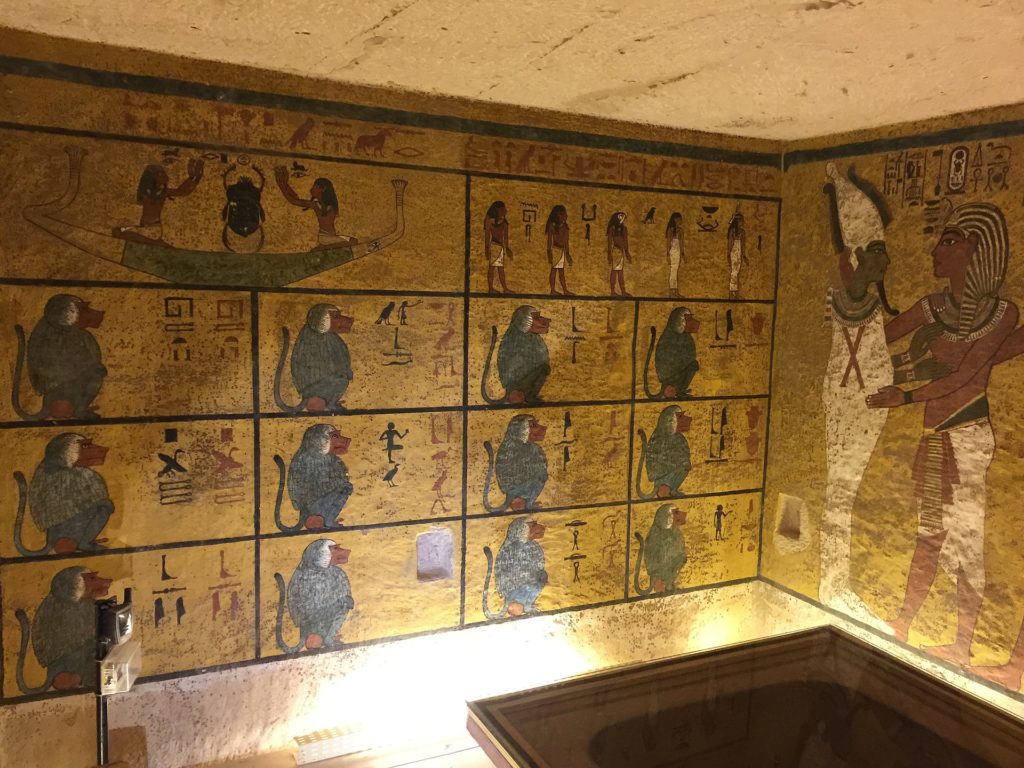
The tomb was unlike anything that had been found before. It was packed with treasures, and it was clear that a lot of effort had gone into its construction.
Tutankhamun’s tomb is one of the most incredible archaeological discoveries of all time.
The tomb’s discovery has provided us with information about Ancient Egyptian culture. It is a fascinating site, and it is one of the most significant discoveries of the 20th century.
The Terracotta Army
The Terracotta Army is another amazing archaeological discovery. This army was built to protect the tomb of China’s first emperor, Qin Shi Huangdi.
The army consists of over 8000 life-size terracotta soldiers, and it is considered one of the greatest archaeological discoveries of all time.
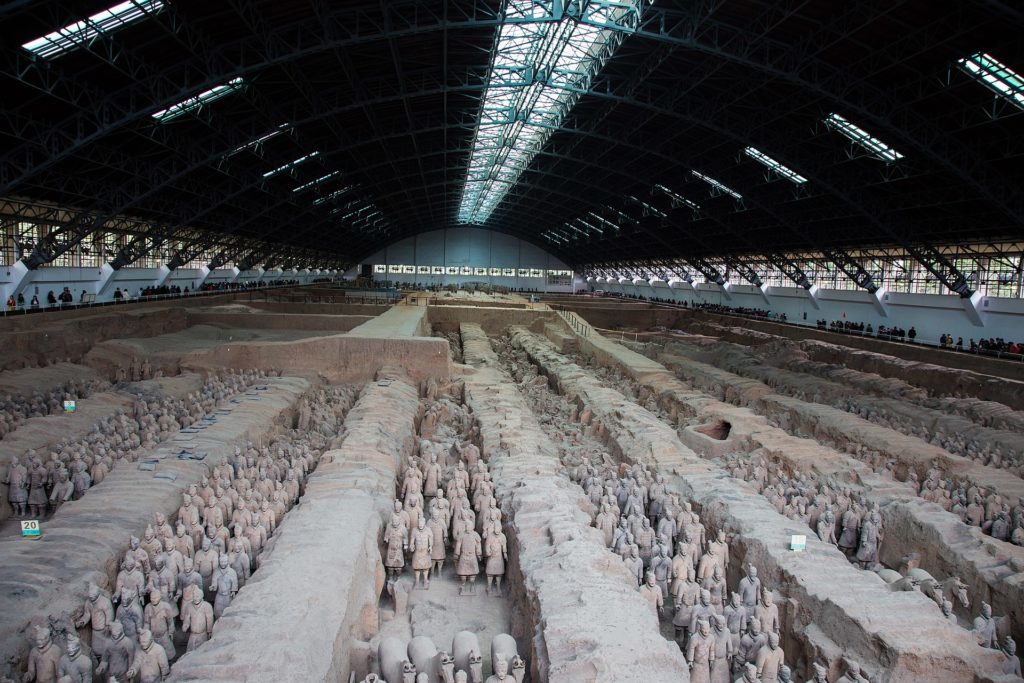
The Terracotta Army was discovered in 1974 by farmers digging a well. The army has been carefully excavated, and it is now on display in a museum near the city of Xi’an.
The Terracotta Army is an incredible discovery, and it has provided us with new information about Ancient Chinese culture. The army is a fascinating site, one of the most important archaeological discoveries of the 20th century.
Today, you can see parts of The Terracotta Army in the museum near Xi’an. If you’re ever in China, it’s worth a visit!
The Rosetta Stone
The Rosetta Stone is one of the most famous archaeological discoveries. The stone is a granite slab inscribed with a decree from Egypt’s Ptolemaic Dynasty.
The decree was written in three scripts, and it allowed scholars to decipher Egyptian hieroglyphs.
The Rosetta Stone was discovered in 1799 by French soldiers stationed in Egypt. The stone is now on display in the British Museum, one of London’s most popular tourist destinations.
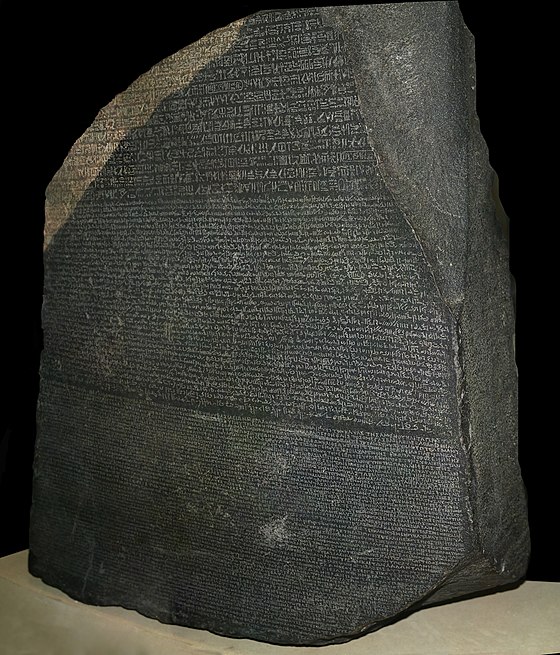
The discovery of the Rosetta Stone has been invaluable to our understanding of Ancient Egyptian culture.
The stone is a fascinating artifact, and it is one of the most important archaeological discoveries of all time because now almost all Ancient Egyptian hieroglyphs can be translated, all thanks to the Rosetta Stone.
Nowadays, you can find the Rosetta Stone on display in the British Museum where it’s one of the most popular tourist destinations in London where it’s visited by over six million people every single year and remains one of the most famous archaeological discoveries of all time.
The Cave of Altamira
The Cave of Altamira is a cave in northern Spain containing some of the most incredible paintings. The paintings depict animals, which are believed to be between 14,000 and 20,000 years old, around the Palaeolithic period.
The Cave of Altamira was discovered in 1879 by Marcelino Sanz de Sautuola, and it is now a UNESCO World Heritage Site.
The discovery of the Cave of Altamira has provided us with new information about art history. The paintings are beautiful, and they are a testimony to the artist who created them.

If you were to step inside and see the paintings for yourself, which you can once they reopen after the COVID-19 pandemic, you’d find it hard to believe that they’re thousands of years old.
They look that good. Perhaps the most famous image is the red bison or ox.
The cave is an important archaeological site, and it is one of the most significant discoveries of the 19th century because it gives us an insight into what lives were like back when the paintings were created and how far storytelling and art have progressed over the years.
Easter Island Moai
Easter Island is a small Pacific Ocean island best known for its mysterious stone statues. The statues, called moai, were created by the Rapa Nui people between 1250 and 1500.
There are over 900 moai on the island, ranging in height from six to 33 feet.
The Easter Island Moai are some of the most fascinating archaeological discoveries of all time. They are incredibly mysterious, and they have been the subject of many theories and debates.
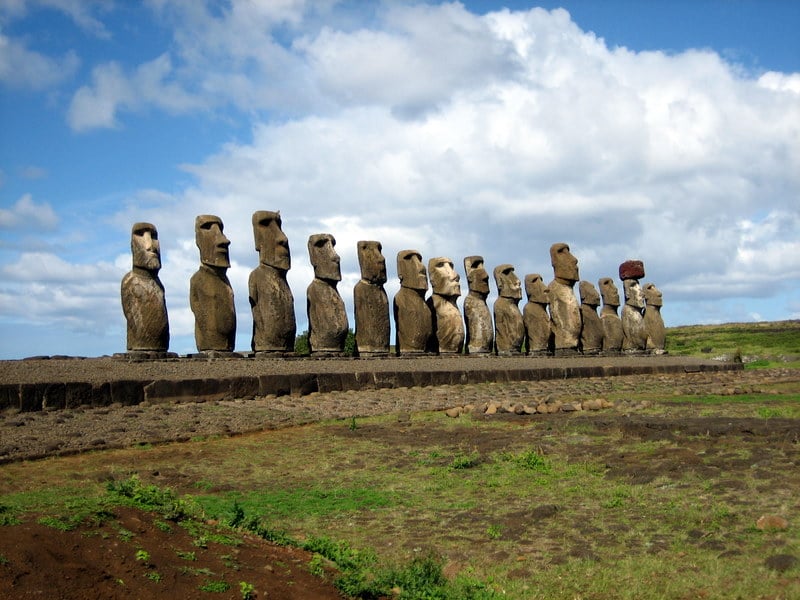
What’s interesting about these stones is that they were created by people without contact with the outside world. This means the Rapa Nui people must have had their own unique culture and history.
The meaning behind the existence of these stones? We may never know for sure, but that doesn’t make them any less amazing.
The statues are a testimony to the skill of the Rapa Nui people, and they are an important part of Easter Island’s history and, indeed, the history of the world.
Even still, you can go and see the Easter Island heads for yourself! However, touching these idols is forbidden and counts as breaking the law.
A Finnish tourist did just this back in 2018 and landed a huge $17,000 fine for breaking off one of the earlobes as a souvenir.
It should probably go without saying, but this is an incredibly selfish thing to do, and these heads have stood for nearly 1000 years.
People coming to pick bits off obviously denatures them, so avoid it at all costs and don’t be that person if you do decide to go and visit any of these archeological sites!
The Staffordshire Hoard
The Staffordshire Hoard is a collection of over 3000 gold and silver objects discovered in 2009 by a metal detectorist in England.
The hoard is believed to date back to the seventh century, and it is the largest collection of Anglo-Saxon treasures ever found.
The Staffordshire Hoard is an incredible archaeological discovery, and it has provided us with new information about the Anglo-Saxon period.
The hoard is a fascinating collection of artifacts, and it is one of the most important discoveries of the 21st century.
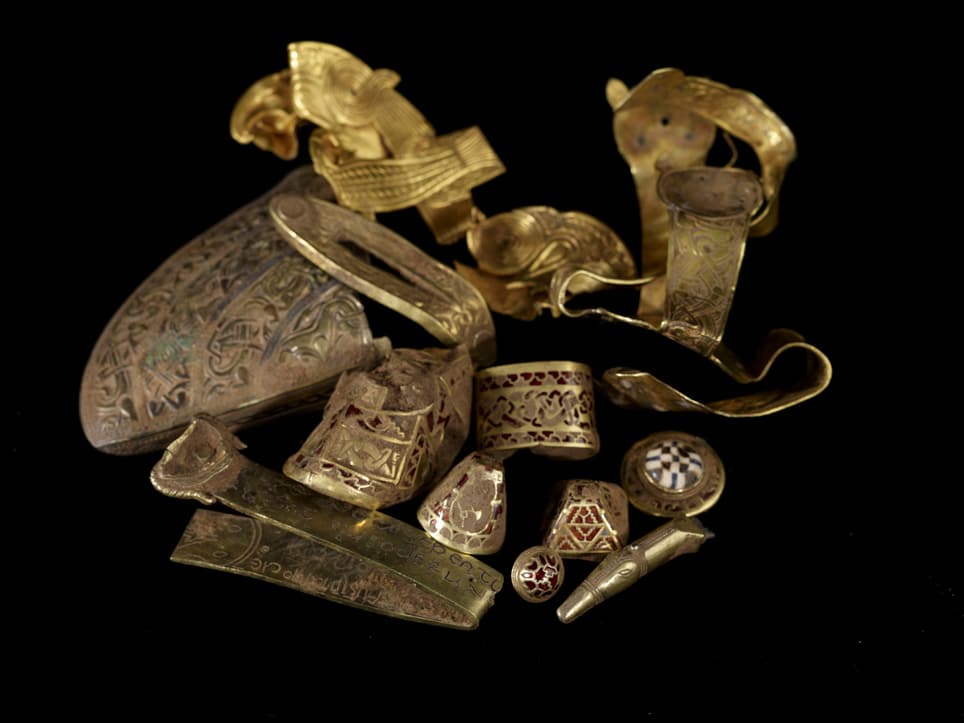
It’s amazing to think that the hoard was sitting there waiting to be discovered, and now it’s helping us understand more about England’s history.
Interestingly, the name of the hoard comes from the county in which it was found, Staffordshire.
However, the hoard actually consists of objects from all over England, which suggests that it was assembled over a period of time.
But, on top of all this, what makes the Staffordshire Hoard so special is that it was discovered by a metal detector, which shows that you never know what you might find if you go out and explore.
The Dead Sea Scrolls
The Dead Sea Scrolls are a collection of over 900 ancient manuscripts that were discovered in 1947 in caves near the Dead Sea. The scrolls date back to the third century BCE, and they contain some of the oldest known copies of the Hebrew Bible.
Interestingly, the Dead Sea Scrolls were discovered by a Bedouin shepherd boy who was looking for a lost sheep.
The shepherd boy, Muhammed ed-Dib, stumbled upon the caves that contained the scrolls, and he is now considered to be one of the most important archaeological discoveries of all time.
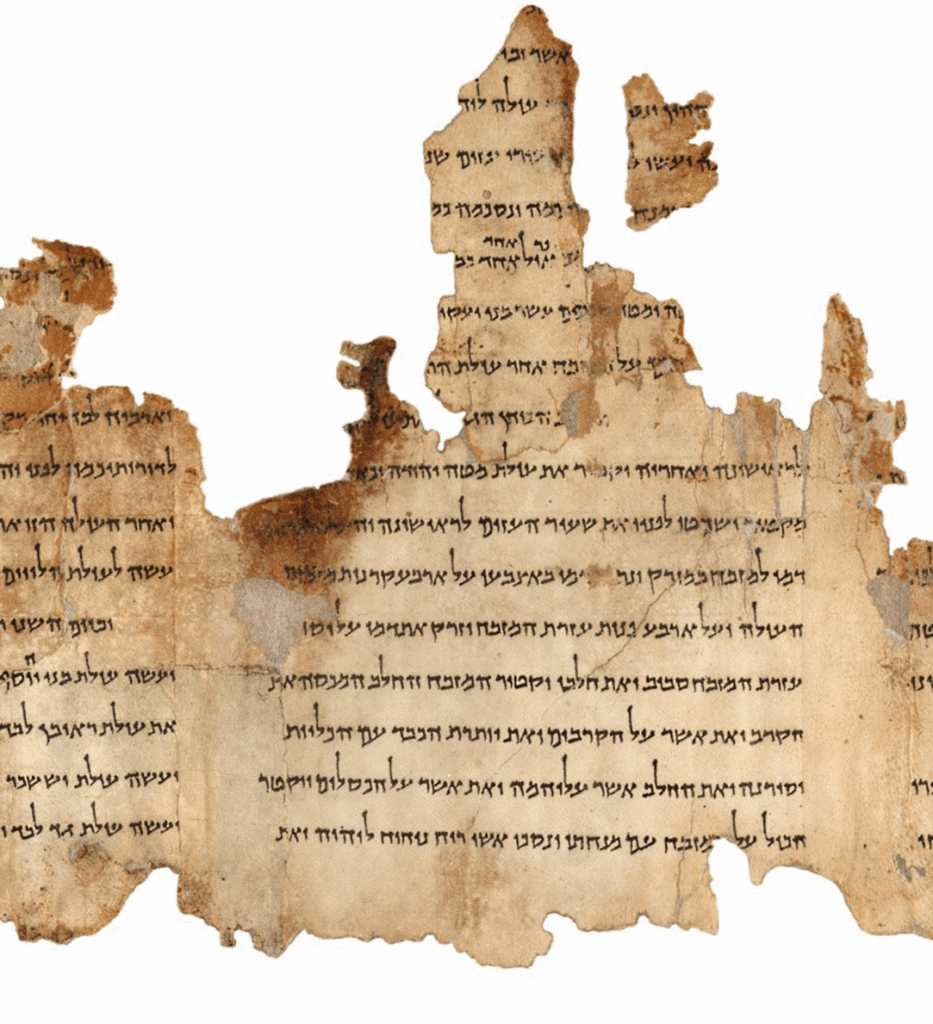
The discovery of the Dead Sea Scrolls was one of the most important archaeological discoveries of all time.
The scrolls are a fascinating insight into Ancient Jewish culture, and they have helped us understand the Hebrew Bible’s history.
The fact that the scrolls were preserved for centuries in such an inhospitable environment is a testament to their importance, and it is clear that they will continue to be studied for many years to come.
Great Archaeological Discoveries
There has never been a more exciting time to be alive regarding archaeological discoveries. We’ve seen new insights into the history of art, the Anglo-Saxon period, and Ancient Jewish culture.
These discoveries are a testament to the skill of the archaeologists who found them, and they will continue to be studied for many years.
What’s more, it’s going to be exciting to see what new discoveries we find shortly and how these discoveries could completely redefine how we see history or may answer some of the deepest, most profound historical questions that still puzzle us today!
Thanks for reading! I hope you found this article interesting. If you did, please share it with your friends!


I have seen 5 of these Archaeological Discoveries … but I found the Philip of Macedon’s Tomb and the other Royal Tombs in Vergina, Greece really, really amazing!